Stop cheating your warm-ups: How to max out your first 10 minutes
Before we get into this article, let me ask you what I was asked on my first day as a strength coach at George Mason University’s notorious Aquatic & Fitness Center:
“How do you approach the warm-up?”
It was something I’d never been asked, never really considered, and was only briefly skimmed over during lectures and class readings.
“How do I approach warm-ups?” was my initial thought. Our director pried further.
“Is it random? Is it specific? Is it unplanned? Structured? Does it just "depend", or are you being strategic?”
Then he cackled. “Or, are you thinking, ‘who cares, coach? Let’s train!’? Because that’s the wrong answer.”
Half a decade later, we have a standardized answer to warm-ups here at White Lion. As with most of our work, everything is done in phases and stages with strategic planning and adaptability to athlete needs, situational (read: time) requirements, and sport demands.
Manage the balance.
When you're working to balance many factors at once (think time constraints, sport demands, season goals, etc), using your warm-up time to achieve as much as possible is a huge benefit.
Killing as many birds with one stone, as the saying goes, is always ideal, but takes good planning and proper implementation to achieve multiple goals efficiently, purposefully, and realistically.
In our case, working predominantly with in-season team-sport athletes, we are usually short on time and have a heavy focus on building resilience in our athletes with what little we have.
We implemented a 4-Phase Plan with the goal of, yes, physically prepping the athlete for training, but also mentally engaging them, running our injury prevention protocol, and specifically preparing them for the workout ahead.
PHASE 1: Movement
Duration: 2min
Goal: in this phase, we want to check in with the body. Is there any pain, soreness, discomfort? Is it fatigued? What sensations does it present? Is it tighter or more irritated in any specific place? These are questions we don't naturally ask ourselves, so we encourage awareness here while walking through a full-body work.
Example: 90/90 Stretch, Shoulder Rotations, Ankle Circles
PHASE 2: Activation
Duration: 2min
Goal: now that we know the status of the body, we can wake it up. Here we want to activate the entire body and prepare it for work. We usually stay on or near the floor in this phase.
Example: Shoulder Taps in Plank, Dead Bugs, Leg Lift-Offs
PHASE 3: Athletic
Duration: 2min
Goal: okay, are you awake now? Let's get moving! In this phase, we get off the floor and usually move line-to-line (10-30m, depending on needs). Let's break a sweat while driving in good movement patterns that are sport- and athlete-appropriate.
Example: World's Greatest Stretch, Hamstring Sweeps, Crawling
PHASE 4: Session-Specific
Duration: 2-4min
Goal: this phase is adjusted to whatever the workout is. We're going to sprint? Let's drive in those patterns and do a bit of explosive priming work. Heavy lifting day? Let's start getting in the racks and under the bars. Pitch? Get on the ball. Conditioning? Get your heart rate up!
Example: A-Skips, Empty Barbell Squats/Complexes, Rowing
So, back to our director on Internship Day 1:
"Okay great, sounds good, coach. Again... what's the point?"
The point here is that the warm-up isn't just a bridge to the good stuff.
The warm-up IS the good stuff.
As much as I agree that warm-ups don't need to be ridiculously long (ours range 8-12 minutes to get through all 4 phases), they shouldn't be discounted as obligatory bullcrap either.
Maximize every second you're in the gym (or every second your athletes are with you) by purposefully including as much benefit as you can into the warm-ups.
But, at the end of the day, keep it simple and realistic. Make it useful and easy to come back to.
Preparation is everything. Treat warm-ups accordingly.
